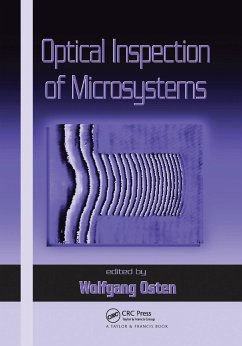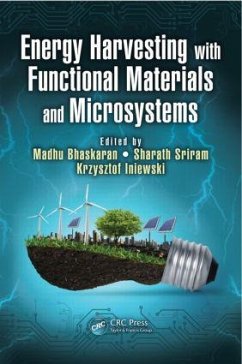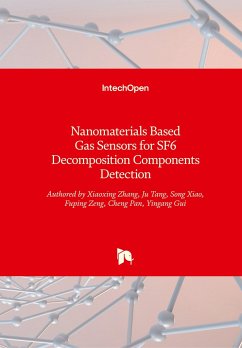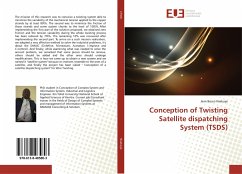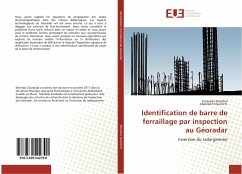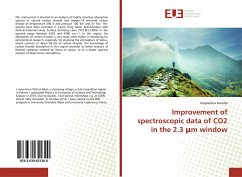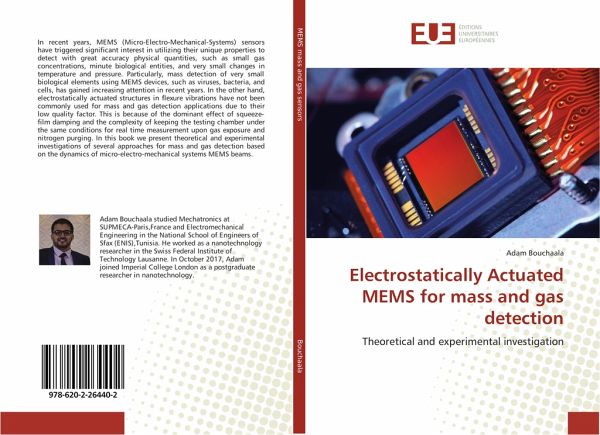
Electrostatically Actuated MEMS for mass and gas detection
Theoretical and experimental investigation
Versandkostenfrei!
Versandfertig in 6-10 Tagen
33,99 €
inkl. MwSt.

PAYBACK Punkte
17 °P sammeln!
In recent years, MEMS (Micro-Electro-Mechanical-Systems) sensors have triggered significant interest in utilizing their unique properties to detect with great accuracy physical quantities, such as small gas concentrations, minute biological entities, and very small changes in temperature and pressure. Particularly, mass detection of very small biological elements using MEMS devices, such as viruses, bacteria, and cells, has gained increasing attention in recent years. In the other hand, electrostatically actuated structures in flexure vibrations have not been commonly used for mass and gas det...
In recent years, MEMS (Micro-Electro-Mechanical-Systems) sensors have triggered significant interest in utilizing their unique properties to detect with great accuracy physical quantities, such as small gas concentrations, minute biological entities, and very small changes in temperature and pressure. Particularly, mass detection of very small biological elements using MEMS devices, such as viruses, bacteria, and cells, has gained increasing attention in recent years. In the other hand, electrostatically actuated structures in flexure vibrations have not been commonly used for mass and gas detection applications due to their low quality factor. This is because of the dominant effect of squeeze-film damping and the complexity of keeping the testing chamber under the same conditions for real time measurement upon gas exposure and nitrogen purging. In this book we present theoretical and experimental investigations of several approaches for mass and gas detection based on the dynamics of micro-electro-mechanical systems MEMS beams.




